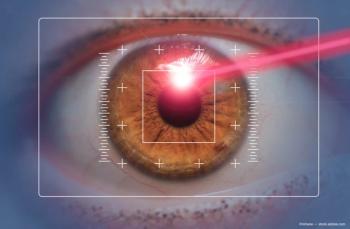
Carl Zeiss Meditec OCT system receives 510(k) clearance
Carl Zeiss Meditec Inc. announces that the FDA has granted 510(k) clearance for its Visante OCT. The device is a stand-alone, high-resolution optical coherence tomography (OCT) imaging system for the anterior segment of the eye, including the cornea, iris, angle, and the lens.
Chicago-
Carl Zeiss Meditec Inc. announces that the FDA has granted 510(k) clearance for its Visante OCT. The device is a stand-alone, high-resolution optical coherence tomography (OCT) imaging system for the anterior segment of the eye, including the cornea, iris, angle, and the lens.
“Our Stratus OCT is the emerging gold standard for obtaining high-resolution cross-sectional images of the retina,” said Jim Taylor, Carl Zeiss Meditec president and chief executive officer. “Now, with Visante OCT, this technology is customized for anterior segment applications.”
Without the need for ocular anesthesia or water bath, Visante OCT can accurately measure corneal thickness to help qualify patients for vision correction surgery. In addition to providing a full-thickness pachymetry map prior to laser surgery, the device images, measures, and documents both corneal flap thickness and residual stromal thickness immediately following the procedure.
The Visante OCT software allows for precise evaluation, measurement, and analysis of the anterior segment. Practical tools enable detailed planning and measurement of anterior segment structures, including anterior chamber depth, anterior chamber angles, and the angle-to-angle distance (anterior chamber diameter). Visante OCT also aids postoperative evaluation by allowing imaging and measurement of IOLs and implants in the eye.
Visante OCT is being showcased at the American Academy of Ophthalmology annual meeting at Booth 3534.
Newsletter
Don’t miss out—get Ophthalmology Times updates on the latest clinical advancements and expert interviews, straight to your inbox.
















































.png)


